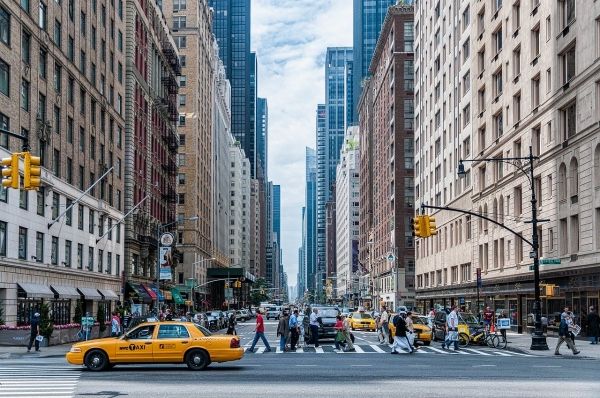Roofs and the downwind sides of buildings in street canyons have the lowest levels of particulate matter during a single-source pollution event, according to Penn State researchers. The findings have implications for improving evacuation plans during a pollution release as well as for informing ventilation system design of urban buildings.
“Previous research has focused on ambient pollution created by traffic,” said Jeremy Gernand, assistant professor of industrial health and safety. “We decided to investigate sources of pollution from a point source of particulate matter, such as a chemical spill or an accidental release from a factory.”
The researchers investigated a pollutant release scenario to evaluate the safest locations for evacuation and for building design elements such as air intakes. This marks the first study investigating an emission event from a single source near a street canyon.
Monitoring air quality in urban areas can be very important due to high population density and levels of particulates. Street canyons, or places where the street is bounded on both sides by buildings, are important locations for studying air pollution because they are prevalent in urban areas.
Read more at Penn State
Photo Credit: Pexels via Pixabay


